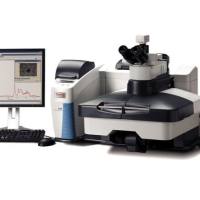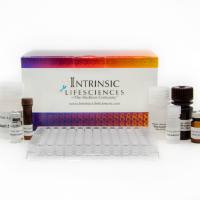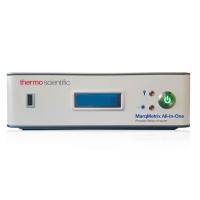Measurement of Carotenoids in the Living Primate Eye Using Resonance Raman Spectroscopy
互联网
435
The xanthophyll carotenoids lutein and zeaxanthin (see Note 1 ) are specifically concentrated in the macula of the primate eye, the region of the retina responsible for high-resolution visual acuity necessary for reading, driving, and recognizing faces. They are thought to protect the macula from light-induced oxidative damage by acting as light-screening filters for short wavelength visible light and by acting as in situ antioxidants to prevent oxidative damage to polyunsaturated membrane lipids (1 ,2 ). Since high dietary intakes and blood levels of lutein and zeaxanthin have been epidemiologically associated with a lower risk of visual loss from age-related macular degeneration (AMD) (3 ,4 ), there has been considerable interest in measuring carotenoid macular pigment levels in living human eyes as a possible early test to detect individuals at high risk for visual loss from AMD. The current most commonly used method, psychophysical heterochromatic flicker photometry, has significant drawbacks since it is a subjective test that requires an attentive observer with good visual acuity, and it has a high intrasubject variability that may exceed � 50% (5 ,6 ), which tends to limit its utility as a screening or diagnostic test. We have developed an alternative objective measurement method based on the principles of resonance Raman spectroscopy. This method is rapid, specific, sensitive, and highly reproducible, characteristics conducive to its use as a screening and diagnostic test on large populations with a wide range of visual acuities.









